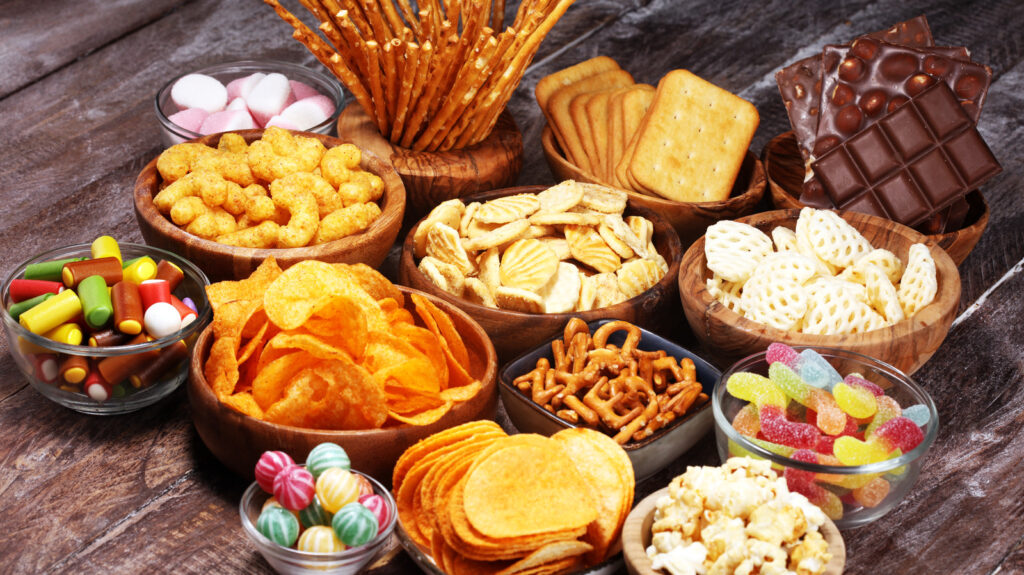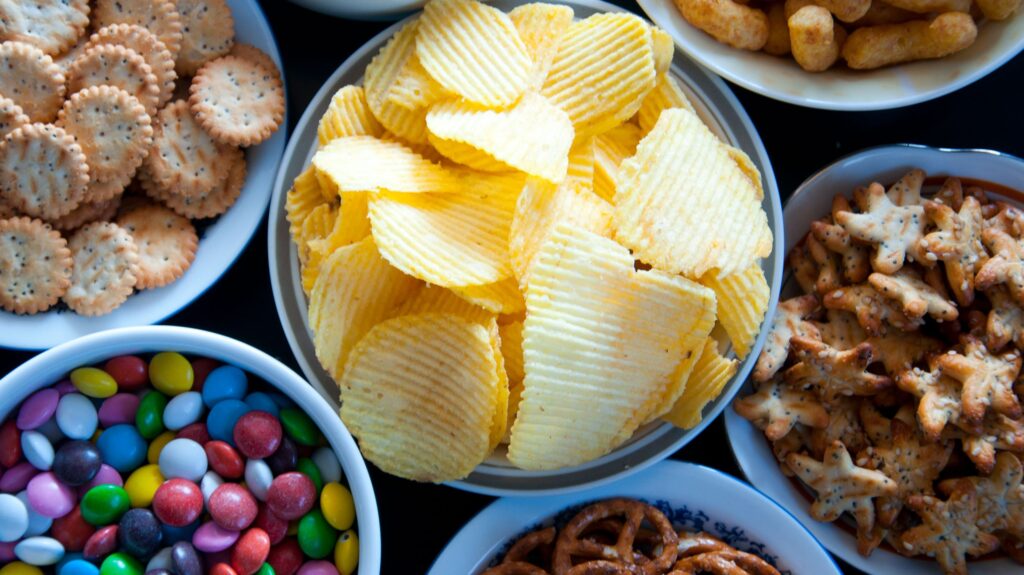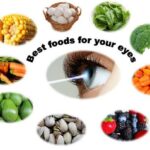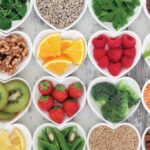 " title="Popular Snack Foods for Health-Conscious Consumers: What’s Cool, What’s Not
" decoding="async" srcset="https://www.medrot.com/wp-content/uploads/2023/03/Savory_Snacks.webp 900w, https://www.medrot.com/wp-content/uploads/2023/03/Savory_Snacks-300x200.webp 300w, https://www.medrot.com/wp-content/uploads/2023/03/Savory_Snacks-768x512.webp 768w" sizes="(max-width: 900px) 100vw, 900px" />
" title="Popular Snack Foods for Health-Conscious Consumers: What’s Cool, What’s Not
" decoding="async" srcset="https://www.medrot.com/wp-content/uploads/2023/03/Savory_Snacks.webp 900w, https://www.medrot.com/wp-content/uploads/2023/03/Savory_Snacks-300x200.webp 300w, https://www.medrot.com/wp-content/uploads/2023/03/Savory_Snacks-768x512.webp 768w" sizes="(max-width: 900px) 100vw, 900px" />Consumers in lockdown have turned to snack snacks to keep them going while working and studying from home since they have the entire day to plunder kitchen cabinets. Snack foods that are both salty and sweet give people and families navigating “the new normal” emotional comfort and even entertainment. Yet, many customers are also becoming more aware of ways to maintain their health and fitness, whether it be through at-home workouts or searching for wholesome ingredients and snack options to stock their kitchens. Items like broccoli crisps, kale chips, and roasted peas are perfectly suited to the growing demand for health-conscious snacking because they offer a novel style that speaks to the need for more varied snacking options on supermarket shelves, particularly plant-based ones.
A lot of them make particular health claims about their products, such as how much protein and vitamins they contain. The well-known potato crisp is satisfying in taste and comforting in nostalgia, but it would be difficult to add health benefits to its advantages. Alternative savory snacks’ appeal, however, goes beyond nutrition; a significant component is a mix of “healthier” ingredients with cherished decadent flavors and the ability to indulge freely.

These innovative snacks are successfully capitalizing on a shift towards a more flexible sense of wellness away from indulgent snacking and towards pure uncompromising health meals. Consumers are becoming more and more concerned with striking a balance between their desire to enjoy life to the fullest and their nutritional health and healthy eating habits. Particularly during the lockdown, we observe a coexisting need to lead a healthy lifestyle and the need to find solace and fun to get through trying moments. Consumers respond positively to snack companies that emphasize their health benefits while utilizing cheery packaging and well-known flavors.
These innovative snacks are successfully capitalizing on a shift towards a more flexible sense of wellness away from indulgent snacking and towards pure uncompromising health meals. Consumers are becoming more and more concerned with striking a balance between their desire to enjoy life to the fullest and their nutritional health and healthy eating habits. Particularly during the lockdown, we observe a coexisting need to lead a healthy lifestyle and the need to find solace and fun to get through trying moments. Consumers respond positively to snack companies that emphasize their health benefits while utilizing cheery packaging and well-known flavors. Nonetheless, it is important to remember that consumers who are concerned about their health are by no means a homogeneous group.

A committed gym goer looking to build muscular mass will have quite different goals than someone eating a plant-based diet and looking for the least processed products. People in the current Covid-19 circumstance will choose the foods that have the greatest nutritional value and health advantages when they have few food selections available to them in the stores. Yet, just stating that a product is “healthy” or has a low fat or sugar content no longer has the same impact as it formerly did. By emphasizing the good effects of the components and nutrients rather than just what ‘bad’ aspects have been eliminated, brands must communicate transparency and clear provenance to consumers. The format of the healthy snacks is another thing to take into account. For instance, a sports nutrition user will seek the most effective way to consume the nutrients their body needs to function, in which case bar-shaped snacks will be the best choice. Snackers who are concerned about their health might prefer a more natural route. Brands must make sure they hold consumers’ interest due to the shorter browsing time in supermarkets. Snack bars, however, may have a renaissance during a lockdown because of their relatively long shelf lives and promises of necessary proteins, vitamins, and nutrients, which can make them valuable supplies in trying times.
Snacking habits among youngsters have significantly increased over the previous few decades, accounting for around 27% of their daily calorie intake. Given that more than 30% of children and adolescents in America are overweight or obese, it is troubling that they frequently eat snacks that are high in calories and low in nutrients. Children do not consume enough calcium, vitamin D, fiber, or potassium, according to data from the National Health and Nutrition Examination Survey, but they consume a lot of calories, carbohydrates, and sodium.
Benefits and Drawbacks of Snacks
There is no conclusive evidence to support either a favorable or negative relationship between snacking and nutrition and health outcomes. This might be due to the absence of a standard scientific definition of what constitutes a snack. According to studies, the general advice from public health organizations around the world regarding snacking is to limit foods that are low in nutrition but high in saturated fat, sugar, and sodium. They also recommend eating two to three snacks per day, with snacks accounting for at least 10% of daily calories. Nutrient-dense snacks such as raw vegetables, fresh fruit, almonds, and plain yogurt are suggested in the Dietary Guidelines for Americans 2020–2025.






